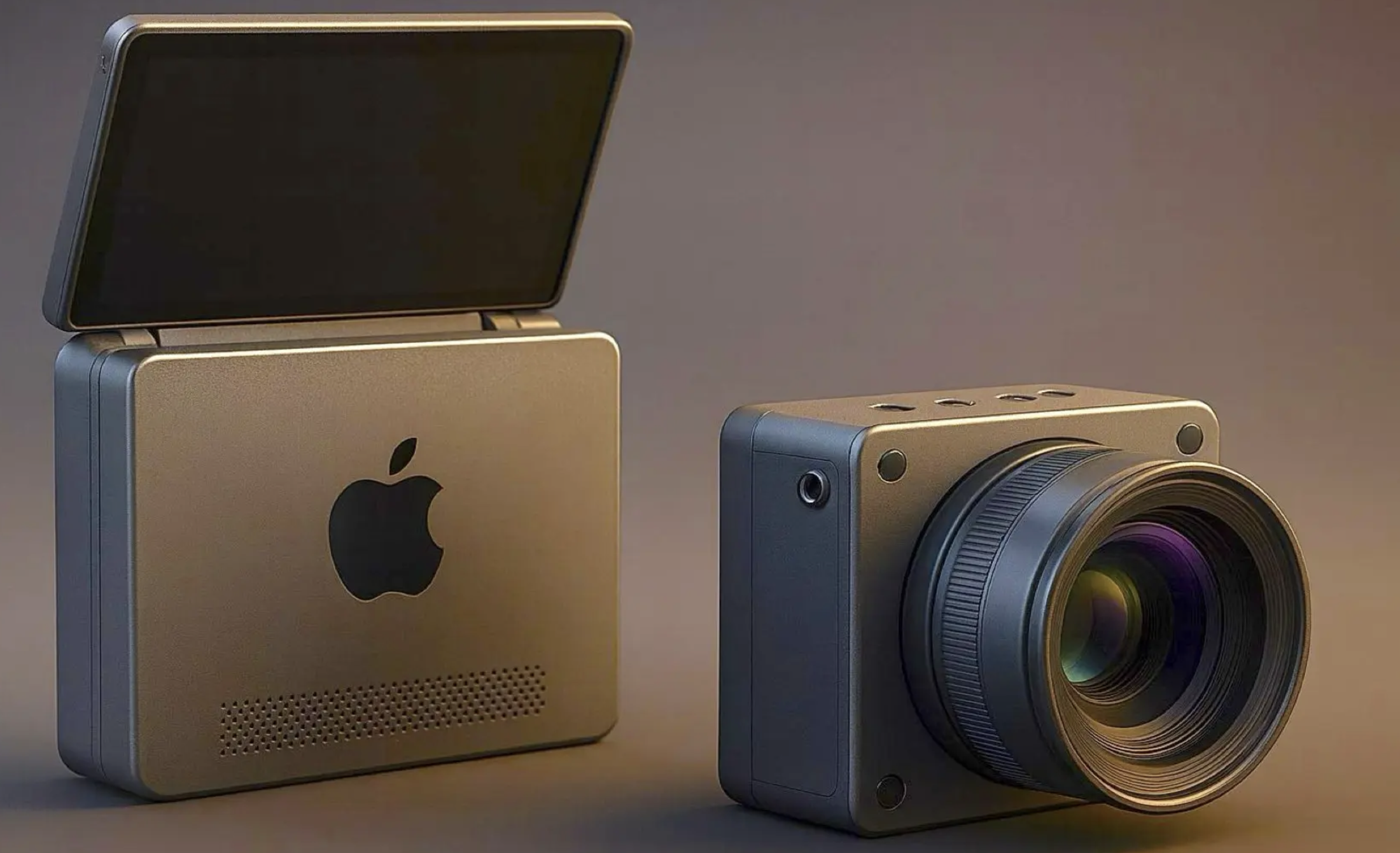Meta is making significant strides in the AI landscape with its new AI model, Meta 3D Gen. This cutting-edge platform promises to generate high-quality 3D models in minutes using simple text prompts, positioning Meta as a formidable player in the rapidly evolving AI field. As AI models gain prominence for their ability to create and edit content swiftly, Meta 3D Gen sets a new benchmark with its superior quality and speed.

Revolutionizing 3D Model Generation
Meta 3D Gen claims to generate 3D assets with high-resolution textures and material maps, delivering results that surpass previous state-of-the-art solutions. The platform’s ability to produce these models 3-10 times faster than existing methods highlights its efficiency and potential to revolutionize 3D modeling. By using simple text prompts, users can create detailed 3D models quickly, making the technology accessible and user-friendly.
Competitive Edge and Industry Impact
Meta’s entry into the 3D modeling arena comes at a time when AI-generated content is becoming increasingly sophisticated. Competing with giants like Google and OpenAI, Meta emphasizes the speed and quality of its models as key differentiators. The 3D models produced by Meta 3D Gen have broad applications in real-world modeling and rendering, extending beyond the novelty of image generation tools. This versatility allows Meta to explore monetization opportunities as the technology matures and gains more traction.
Quality and Future Prospects
The quality of the 3D models generated by Meta 3D Gen is already impressive, with detailed textures and material maps. As the AI model continues to learn and train on more data, further refinements in shadow touch-ups and tones are expected. The platform’s potential to improve and offer even more detailed and lifelike 3D models underscores its future prospects. Meta envisions broader industry adoption and integration of these high-quality models in various applications.
Comparison with Competitors
While Adobe and Midjourney have demonstrated the capabilities of AI models in producing high-quality content, Meta asserts that its 3D models stand out for their application in real-world scenarios. The practical utility of Meta 3D Gen in modeling and rendering sets it apart, showcasing Meta’s commitment to pushing the boundaries of what AI can achieve in 3D content creation.
How Meta 3D Gen Works
- Simple Text Prompts
- Users provide simple text prompts to initiate the 3D model generation process.
- High-Resolution Textures
- The platform produces 3D assets with high-resolution textures and material maps.
- Speed and Efficiency
- Meta 3D Gen generates models 3-10 times faster than previous state-of-the-art solutions.
- Real-World Applications
- The high-quality models are suitable for real-world modeling and rendering applications.
- Continuous Improvement
- The AI model learns and improves over time, enhancing the quality of shadows and tones.
By leveraging these features, Meta 3D Gen aims to set a new standard in 3D content creation, offering a powerful tool for developers, designers, and various industries.
Conclusion
Meta 3D Gen represents a significant advancement in the field of AI-generated 3D models, offering unparalleled speed and quality. By enabling users to create detailed 3D assets with simple text prompts, Meta is democratizing 3D content creation and setting the stage for future innovations. As the technology evolves, Meta 3D Gen is poised to become a valuable tool in various industries, driving growth and competition in the AI landscape.














